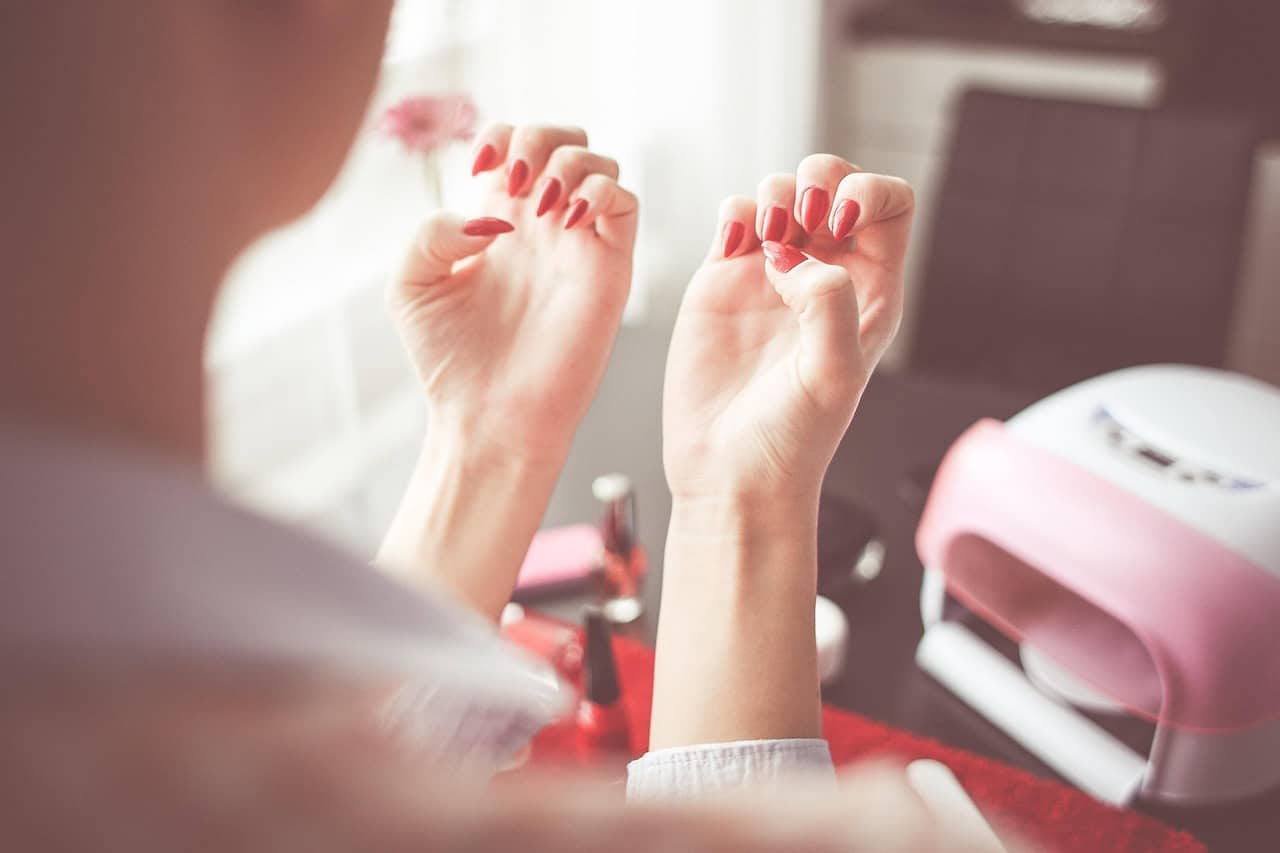Europe Bans Toxic Gel Nail Polish Ingredient – Why Hasn’t the U.S. Followed?
Europe has done it again—leaving America in the dust when it comes to protecting women from potentially harmful beauty ingredients. This time, it’s our beloved gel nail polish that’s under fire, and honestly, I’m torn between feeling grateful that someone’s looking out for us and annoyed that it’s taken this long.
Starting September 1st, the European Union officially banned TPO (trimethylbenzoyl diphenylphosphine oxide) from all cosmetic products, including that glossy gel nail polish we’ve all become obsessed with. Meanwhile, here in the States? We’re still painting our nails with the stuff like it’s no big deal.
What Makes This Gel Nail Polish Ingredient So Dangerous?
Let’s talk about TPO for a minute. This chemical is what gives gel nail polish that gorgeous, ultra-shiny finish and helps it cure quickly under UV or LED lights. Sounds innocent enough, right? Wrong.
European health officials have classified TPO as a substance that’s “carcinogenic, mutagenic, or toxic for reproduction.” In plain English? It might cause cancer, mess with your DNA, or screw up your ability to have kids. Fantastic.
The evidence isn’t ironclad—most studies have been done on animals, not humans—but apparently, that was enough for Europe to say “nope” and ban it entirely. Dr. Hannah Kopelman, a dermatologist at DermOnDemand, calls it “a precautionary move rather than a response to strong human evidence.” Basically, Europe is playing it safe while we’re playing Russian roulette with our reproductive health.
Why American Women Are Still at Risk
Here’s where things get really frustrating. Over 100 million American women use nail products regularly, and most of us have no clue what TPO even is, let alone whether our favorite gel polish contains it. The FDA? They’re nowhere to be found on this issue. It’s not like this is some obscure ingredient either. TPO is everywhere in professional gel systems because it works so damn well. It’s the secret sauce that makes your manicure last three weeks without chipping. But at what cost?
The real kicker? Many global beauty brands that sell in both Europe and America will likely reformulate their products to comply with EU regulations. So we might end up with TPO-free polishes anyway—eventually. But why should we have to wait for Europe to force change while our own regulatory agencies sit on their hands?
How to Protect Yourself Until America Catches Up
Look, I get it. We’re not all ready to give up our gel manicures and go back to regular polish that chips after two days. If you’re going to keep getting gels (and let’s be honest, most of us will), here’s how to minimize your risk:
Ask questions at the salon. Request TPO-free products. Some brands like OPI’s Intelli-Gel system, Aprés Nail, and Manicurist already offer TPO-free options.
Space out your appointments. Give your nails—and your body—a break between gel applications. Those back-to-back manicures aren’t doing you any favors.
Ensure proper ventilation. Make sure your salon has good airflow. Those chemical fumes need somewhere to go besides your lungs.
Do your research. Before your next appointment, check if your go-to gel brand is TPO-free. It’s worth the five-minute Google search.
The Bigger Picture: When Will America Wake Up?
This TPO ban is just the latest example of Europe taking women’s health seriously while America lags behind. They’ve already banned ingredients like BHA and BHT that we still use in food, and that “yoga mat” bread ingredient that the FDA is only now considering banning.
It’s 2025, ladies. We shouldn’t have to rely on European regulations to protect us from potentially harmful beauty ingredients. We deserve better from our own government, and frankly, we deserve better from the beauty industry that profits off our desire to look good. The cynical part of me wonders if it’ll take a major health scare or lawsuit before American regulators take action. By then, how many women will have been unnecessarily exposed to these chemicals?
For now, we’re left to be our own advocates. Research your products, ask questions, and don’t be afraid to demand safer options. Because if history has taught us anything, it’s that we can’t count on anyone else to prioritize our health over profits.







